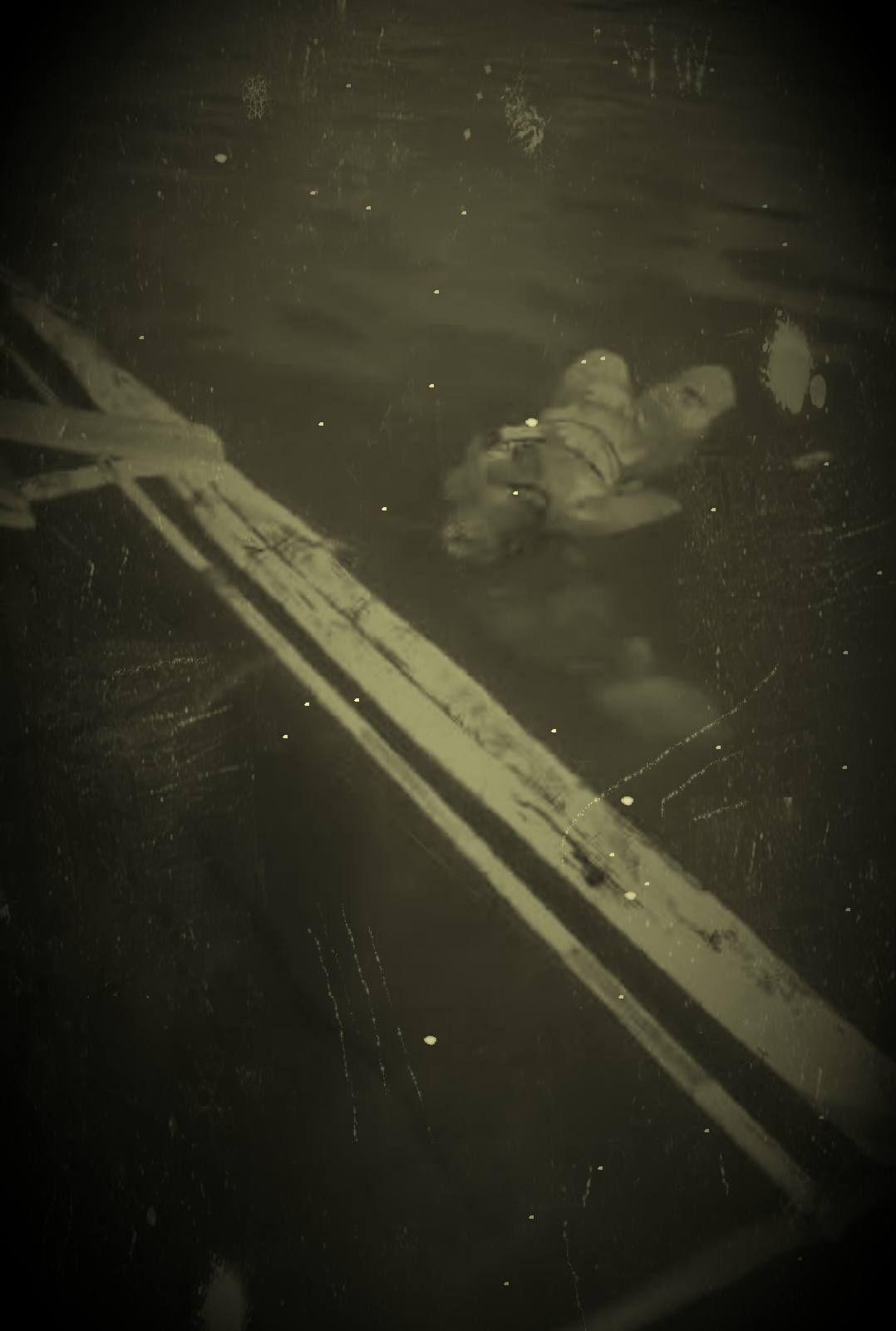TACLOBAN CITY — The abduction and killing of former beauty queen Acquene “Akini” Arradaza has cast a harsh spotlight on the persistence of violent crime and the limitations of law enforcement reach in Eastern Visayas.
Arradaza, 35, a single mother and former Miss Matag-ob, was forcibly taken on July 31 by three armed men in Barangay Valencia, Ormoc City.
Witnesses and CCTV footage showed that she was shoved into a black vehicle heading toward Kananga, Leyte.
Four days later, her decomposing, hogtied, and bound body surfaced in the waters off Barangay 99-Diit, Tacloban City—despite being weighed down with sacks, apparently intended to conceal the crime.
The brazenness of the abduction in broad daylight suggests that the perpetrators acted with confidence in avoiding immediate capture.
In rural and semi-urban areas like Ormoc and its neighboring towns, law enforcement units are often stretched thin, creating windows of opportunity for organized criminal activity.
Investigators have yet to confirm the motive, but the cruelty of the killing points to a targeted attack rather than random violence.
Sources say the case has been elevated to a priority investigation, with Police Regional Office 8 coordinating with multiple jurisdictions.
However, the delay between the abduction and recovery of the body underscores systemic challenges in rapid response and intercity coordination.
Such high-profile crimes often ignite public outrage but also reveal structural issues: weak witness protection, fragmented intelligence sharing, and limited maritime monitoring, which allowed the body to be disposed of at sea without detection.
For a region already struggling with economic hardship, the case resonates beyond its brutality—it challenges the promise of safety for women and the community at large. Until the perpetrators are caught and prosecuted, Arradaza’s death will remain both a tragedy and a stark reminder of the fragility of justice in Eastern Visayas.
#WeTakeAStand #OpinYon #OpinYonNews
